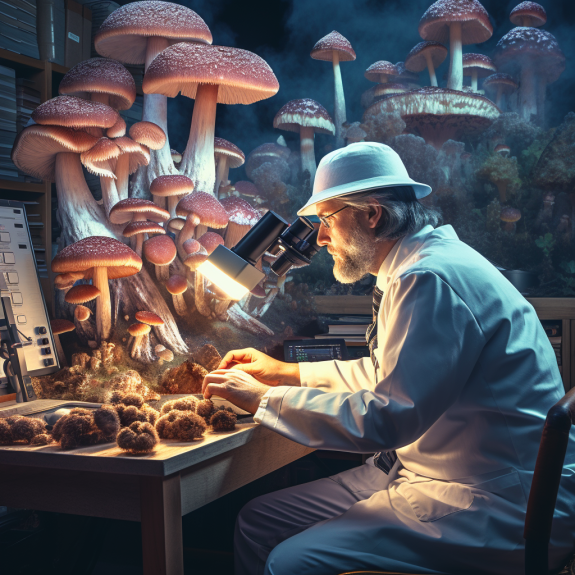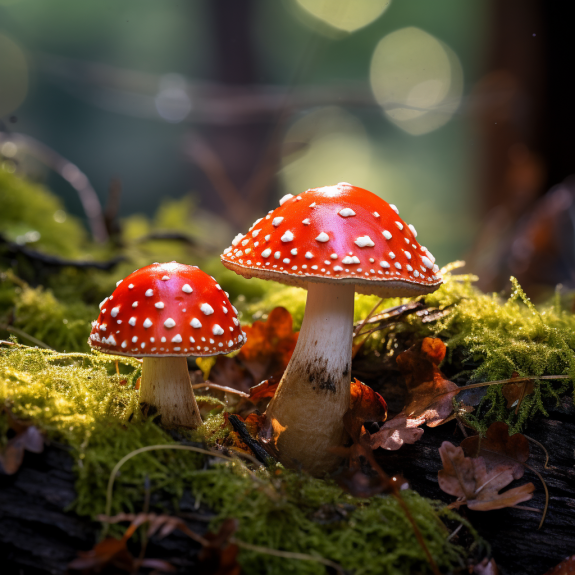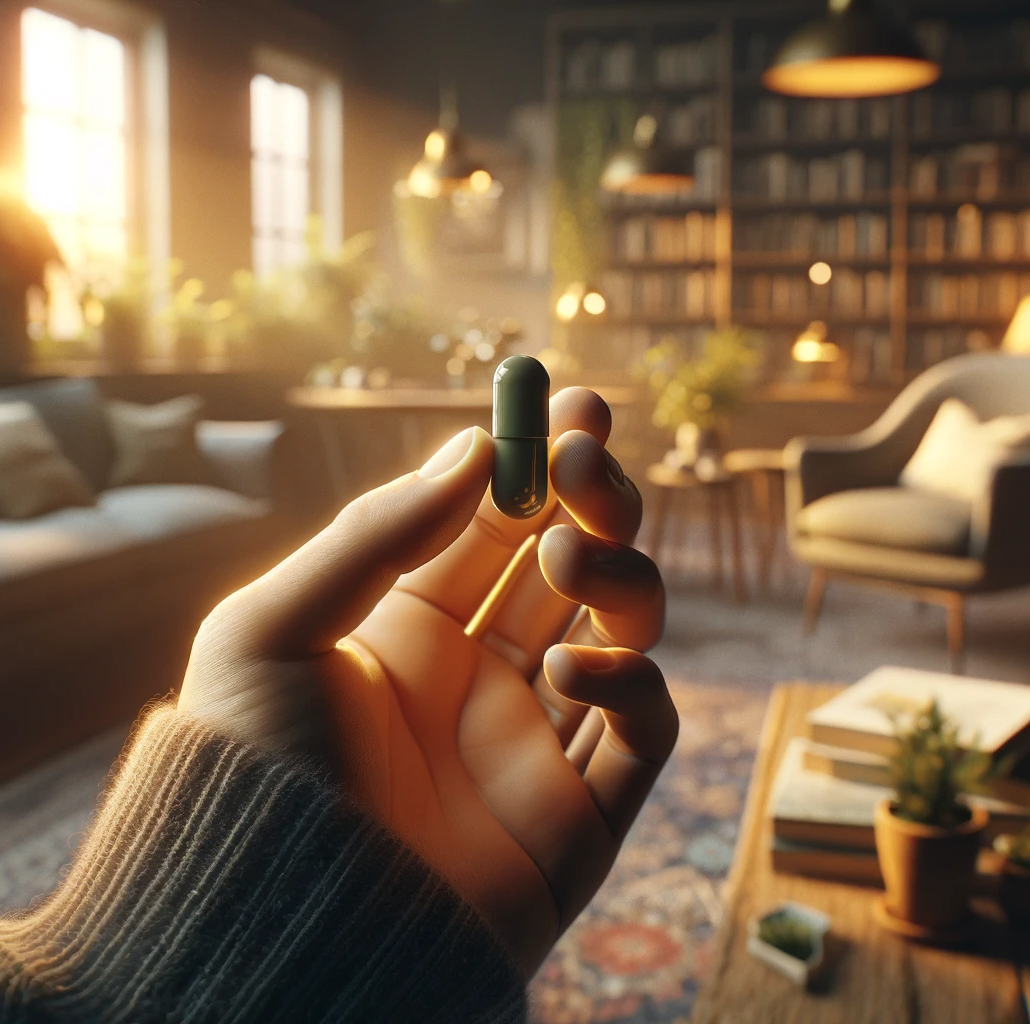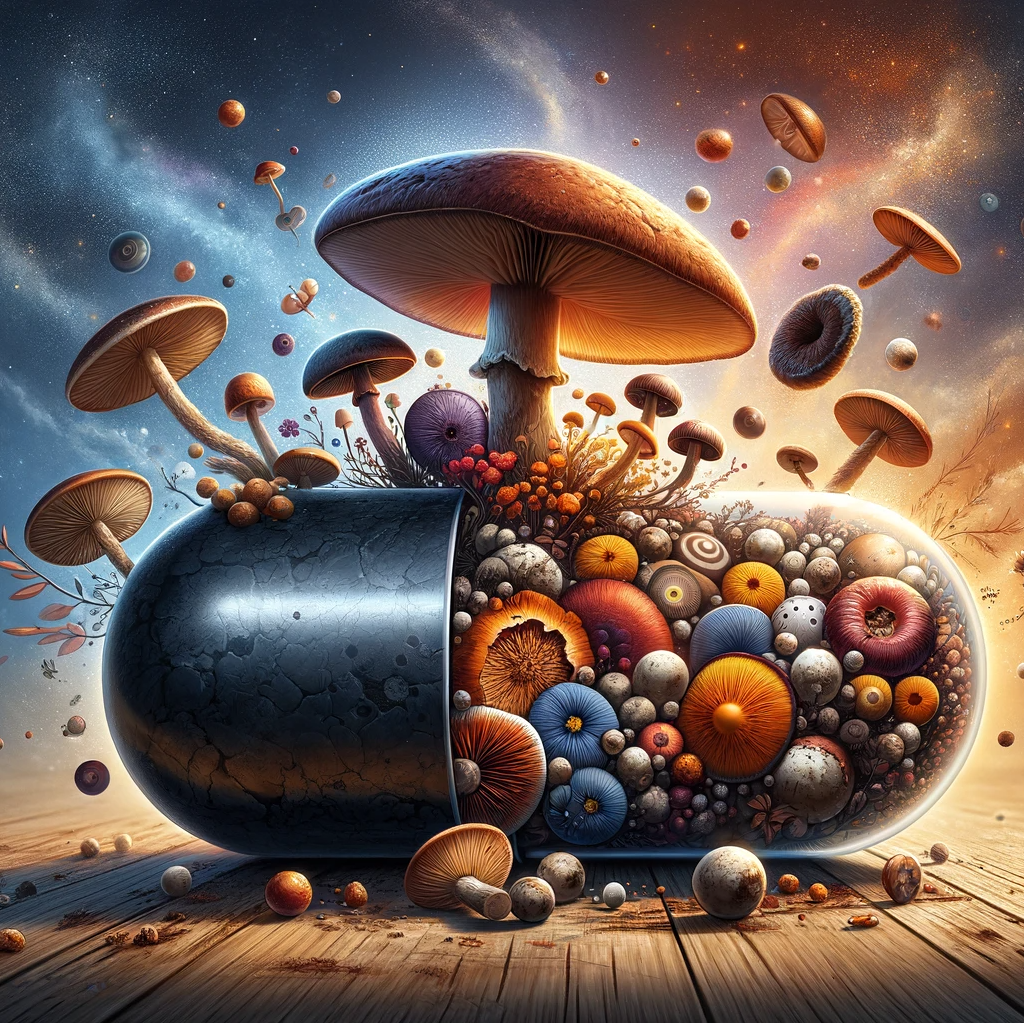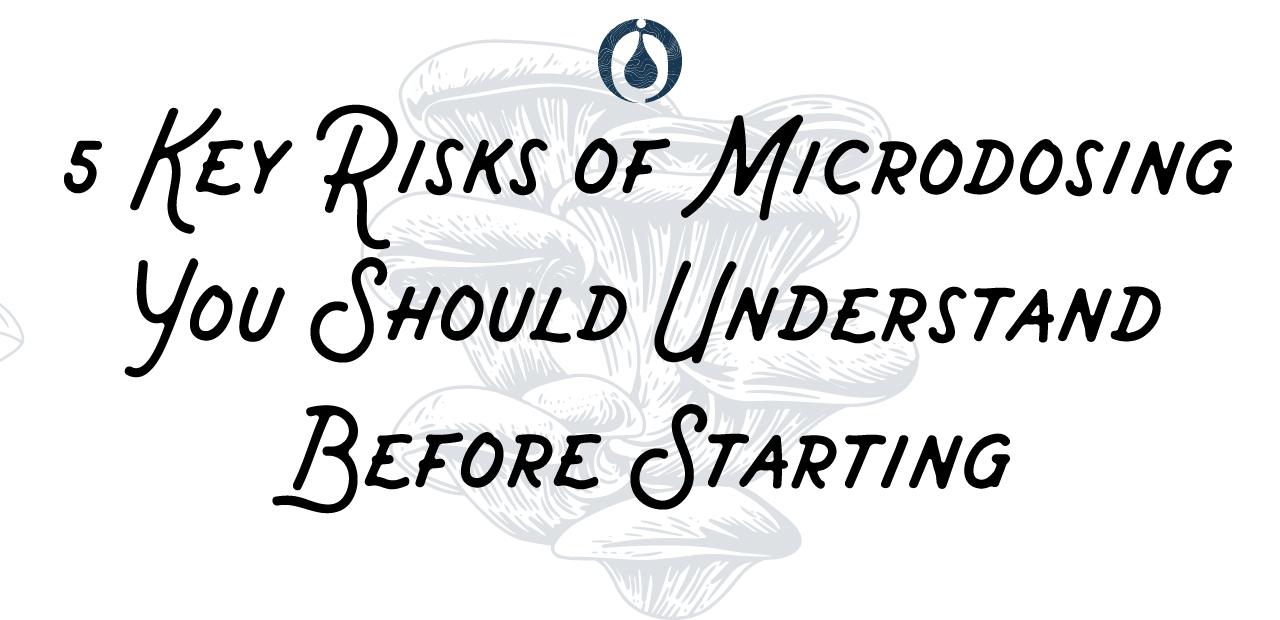
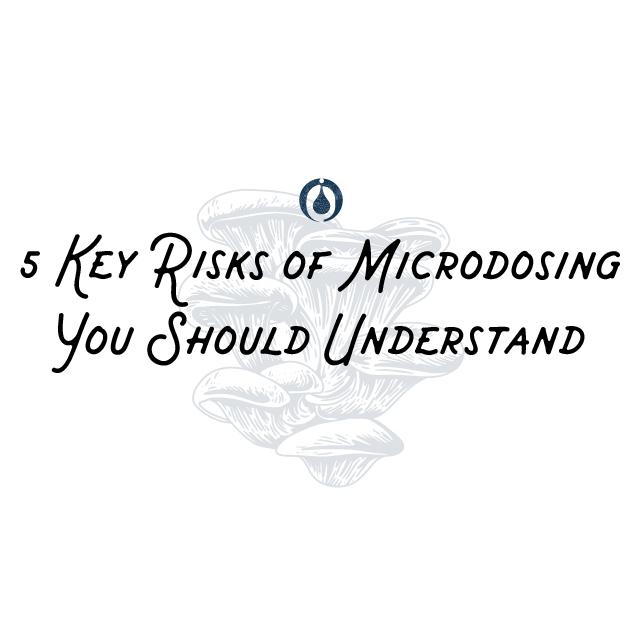
Microdosing has gained attention for its potential to boost creativity, enhance focus, and elevate mood. While the benefits are exciting, it’s equally important to understand the potential risks involved. Like any wellness practice, microdosing isn’t without its challenges. Before you begin, let’s explore five key risks and how to approach microdosing safely and responsibly.
1. Psychological Discomfort: It’s Not Always Smooth Sailing
For most people, microdosing brings about subtle, positive changes, but it doesn’t work that way for everyone. Some individuals may experience anxiety, unease, or even paranoia. Since microdosing involves psychedelics, albeit in small amounts, the brain’s response can vary, and some reactions may be unpredictable.
If you have a history of anxiety, depression, or other mental health concerns, it’s especially important to proceed cautiously. Starting slow and tuning into how you feel can help you assess whether this practice is right for you.
2. Potential Interactions with Medications
If you’re already taking prescription medications or supplements, you need to consider the possibility of interactions. Psychedelics, even in microdoses, can interact with medications like antidepressants, mood stabilizers, or anti-anxiety drugs.
Without proper guidance, these interactions could lead to adverse effects. That’s why consulting with a healthcare professional is essential to ensure your microdosing journey doesn’t interfere with existing treatments or health conditions.
3. Unclear Long-Term Effects
While anecdotal evidence and emerging research suggest that microdosing is generally safe, the long-term effects are still largely unknown. The studies conducted so far are promising but limited in scale and scope.
Understanding these unknowns helps you approach microdosing with awareness and mindfulness, rather than unrealistic expectations.
4. Legal and Ethical Considerations
Microdosing substances like psilocybin and LSD isn’t legal in every region. The laws surrounding psychedelics vary widely, and participating in microdosing where it’s prohibited could carry legal risks.
Beyond legality, sourcing substances ethically—ensuring they’re obtained responsibly and without harm to communities or ecosystems—is just as important. Understanding the legal and ethical landscape ensures your practice is both safe and respectful.
5. The Need for Professional Guidance
Microdosing isn’t something to dive into without preparation. Consulting with a Medicine Box expert is crucial, especially if you have underlying mental health conditions or are taking other medications. Their personalized guidance can help you determine whether microdosing is suitable and ensure your approach is safe, effective, and aligned with your wellness goals.
Additionally, expert advice ensures you stay informed about best practices, proper dosing, and effective monitoring of your progress. This step safeguards both your health and overall experience.
Final Thoughts: Approach Microdosing with Caution and Care
Microdosing can be a powerful tool for personal growth, emotional balance, and creativity, but it’s essential to approach it with an informed mindset. By understanding the potential risks—psychological, physical, legal, and ethical—you can take the necessary precautions to ensure your safety.
Before starting, take time to educate yourself, consult a healthcare professional, and prepare thoroughly. With the right approach, microdosing can offer meaningful benefits while minimizing risks.
Ready to Learn More?
If you’re curious about microdosing and want to explore it safely, join our Microdsoing community. Connect with others, share experiences, and gain expert advice on navigating your microdosing journey responsibly.
CHECK OUT OUR MOST POPULAR CONTENT


